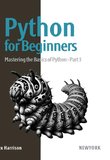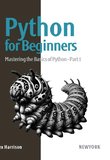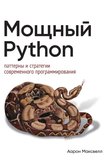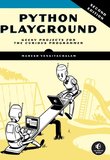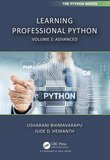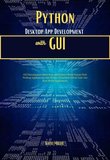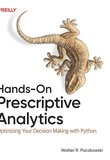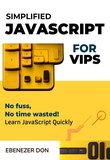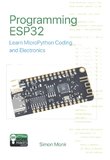-
.NET (.NET Core)
-
1C
-
APL
-
AWK
-
Agda
-
Agile/Scrum
-
Alef
-
Assembler
-
Basic
-
Beta Programming Language
-
Big Data/DataScience
-
C
-
C#
-
C++
-
CSS
-
Cobol
-
Crystal
-
D
-
Dart
-
DataBase (SQL)
-
Delphi
-
F#
-
Flutter
-
Fortran
-
GPT/AI/ИИ
-
GameDev
-
Git
-
Go (Golang)
-
HTML
-
Hacking and Security
-
Haskell
-
Java
-
JavaScript (JS)
-
Julia
-
Kotlin
-
Machine Learning (ML)
-
Natural language processing (NLP)
-
PHP
-
Pascal
-
Python
-
R
-
Ruby
-
Rust
-
Scratch
-
Swift
-
UML
-
UX/UI
-
Visual Basic
-
Wolfram
-
XML
-
АСУ
-
Проектирование/System Design
-
Сети/Network
-
Схемотехника/электронные схемы
-
.NET (.NET Core)
-
1C
-
APL
-
AWK
-
Agda
-
Agile/Scrum
-
Alef
-
Assembler
-
Basic
-
Beta Programming Language
-
Big Data/DataScience
-
C
-
C#
-
C++
-
CSS
-
Cobol
-
Crystal
-
D
-
Dart
-
DataBase (SQL)
-
Delphi
-
F#
-
Flutter
-
Fortran
-
GPT/AI/ИИ
-
GameDev
-
Git
-
Go (Golang)
-
HTML
-
Hacking and Security
-
Haskell
-
Java
-
JavaScript (JS)
-
Julia
-
Kotlin
-
Machine Learning (ML)
-
Natural language processing (NLP)
-
PHP
-
Pascal
-
Python
-
R
-
Ruby
-
Rust
-
Scratch
-
Swift
-
UML
-
UX/UI
-
Visual Basic
-
Wolfram
-
XML
-
АСУ
-
Проектирование/System Design
-
Сети/Network
-
Схемотехника/электронные схемы
Меню
Python for Beginners: Mastering the Basics of Python. Part 2
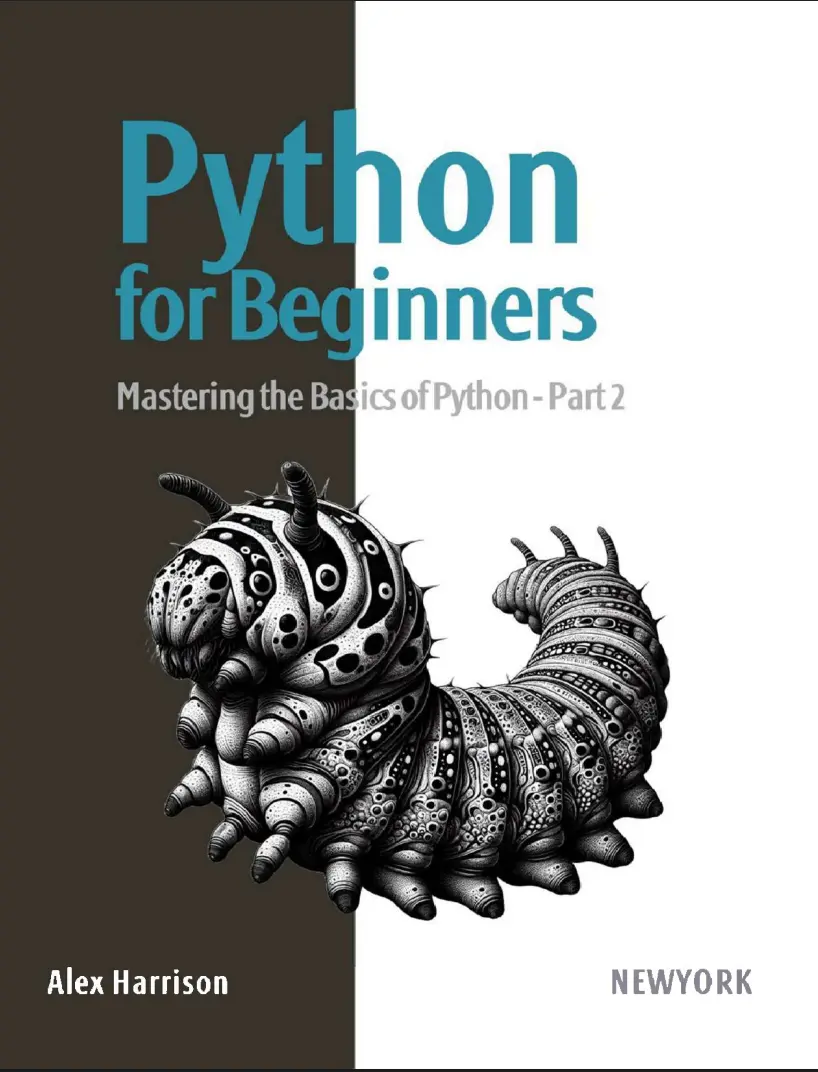
Автор: Harrison Alex
Дата выхода: 2024
Издательство: Independent publishing
Количество страниц: 516
Размер файла: 10,5 МБ
Тип файла: PDF
Добавил: Александр
5 - Working with Lists, Tuples, and Dictionaries
5.1 - Introduction to Python Collections
5.2 - Working with Lists
5.2.1 - Basic Operations with Lists
5.2.2 - Sorting and Searching
5.2.3 - List Comprehension
5.3 - Introduction to Tuples
5.3.2 - Tuple Unpacking
5.4 - Working with Dictionaries
5.4.1 - Creating and Modifying Dictionaries
5.4.3 - Nested Dictionaries
5.5 - Comparison between Lists, Tuples, and Dictionaries
5.6 - Practical Examples of Collection Usage
5.6.1 - Inventory Management with Lists
5.6.2 - Organizing Immutable Data with Tuples
5.6.3 - Structuring Data with Dictionaries
6 - File Handling and External Data
6.1 - Opening Files in Python
6.2 - Reading Text Files
6.3 - Writing to Files
6.4 - Managing Files with With
6.5 - Working with Binary Files
6.6 - Directory Management
6.8 - Working with JSON Files
6.10 - Error Handling in Files
6.11 - File Compression and Decompression
7 - Introduction to Modules and Libraries
7.1 - What are modules and libraries?
7.1.1 - Native modules vs. external libraries
7.2.1 - Import structure
7.2.2 - Practical usage examples
7.3 - Installing external libraries with pip
7.3.1 - What is pip?
7.3.2 - Basic pip commands
7.4 - Exploring popular external libraries
7.4.1 - Introduction to NumPy
7.4.2 - Exploring Pandas
7.4.3 - Working with Requests
7.5 - Creating and using your own modules
7.5.1 - Basic module structure
7.5.2 - Sharing your modules
7.6 - Managing dependencies in projects
7.6.1 - Creating a requirements.txt file
7.6.2 - Installing dependencies automatically
The book presents a clear and accessible approach for those taking their first steps into the world of programming, using one of the most popular and versatile languages today. Starting with an introduction to the language and fundamental programming concepts, the reader is guided through a structured journey that covers everything from basic principles to more advanced and practical topics. The first chapters are dedicated to explaining what the language is, how its intuitive syntax works, and why it is widely used in various fields such as web development, automation, data analysis, and artificial intelligence.Throughout the content, essential fundamentals such as variables, data types, and basic operations are covered, providing a solid foundation for building efficient programs. The book explores control structures, which allow programmers to create intelligent execution flows by using conditional decisions and loops for task repetition. These concepts are explained with practical examples and exercises that encourage active learning.Code reuse is a crucial aspect of modern programming, and the reader will be introduced to the concept of functions, learning how to define and call custom functions to improve code organization and efficiency. Additionally, the book explores data collections such as lists, tuples, and dictionaries—essential tools for storing and manipulating information in a structured and efficient way.Another important aspect covered is file handling and interaction with external data, a fundamental knowledge area for those looking to create applications that handle information dynamically. The reader will learn how to open, read, write, and manipulate text files and other popular formats such as CSV and JSON, preparing them for real-world development challenges.To expand programming possibilities, modules and libraries are introduced, allowing programmers to extend the language's functionality without reinventing the wheel.
